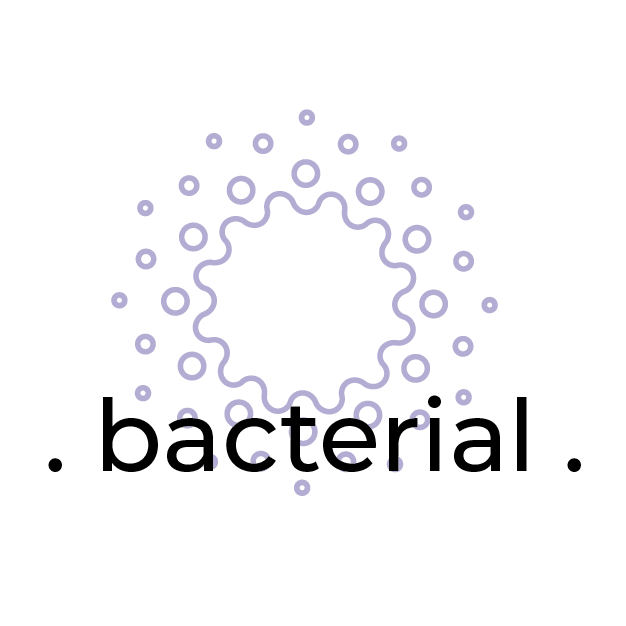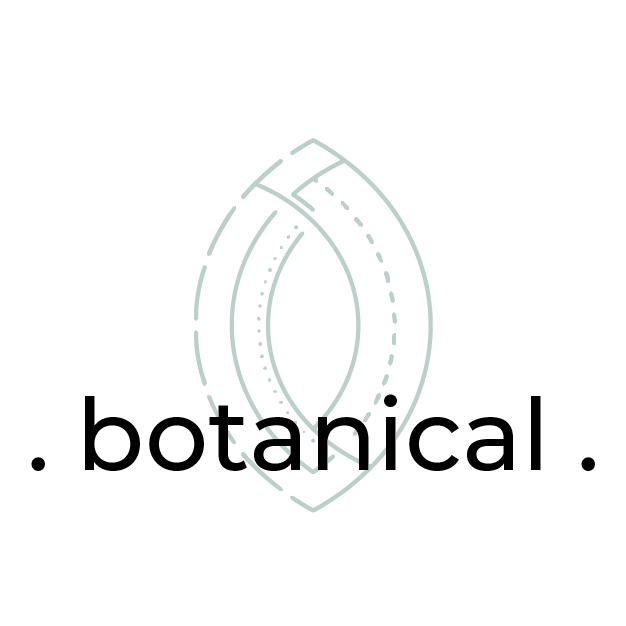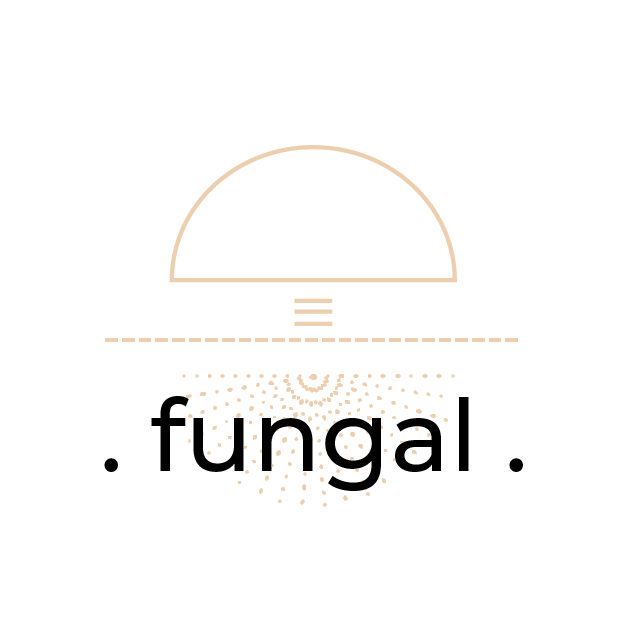Taxonomy
6 natural domains
The 6 natural entry points to activate change, animal - bacterial - botanical - composite - fungal - mineral, firsly invite to explore the vastity of color sources and then serve to form the taxonomy that guides the viewer through the natural realms. If our past and heritage inform us about animal, botanical and mineral color sources, technology today assists un in exploring bacterial alternatives.

Animal Animal colors are an ancient coloring technique, especially linked to insects and mollusks, but generally not a strong focus of the research in the BioChromes Archive for obvious environmental and cruelty reasons. Sourcing and learning how these insects are grown is more central to the research in order to enable awareness in the use.

Bacterial The research in bacterial chromes starts in 2015, when Cecilia Raspanti & Nina Papakostantinou uncover and publish BioShades - bacterial dyes. This rseearch leads to the bioshades event, organised at TextileLab Amsterdam, Waag during the TCBL project (2015-2019); and its distributed event lead by Cecilia and her colleague Ista Boszhard in 2018; which sees a distributed hands-on workshop approach and . Bacterial dyes, inks and pigments are grown with basic notions and equipment for microbiology in a biolab, but could be easily grown at home when working with biosafety level 1 organisms.

Botanical The research on botanicals presented in this archive is a collection of samples created starting from the end of 2010, and is by far the largest body of work of the entire archive. Cecilia developed early on a passion for plants, growing these and harvesting them to produce colors of all types, dyes, lakes, inks, watercolors and paints. All the research on botanicals unfolds through the plants life cycle - from seed to root, from plant and leaft to flower, including fruit and seed, bark and wood.

Composite Composites are a mixed category, where fungal, vegetal and bacterial species meet to form composite growth that is producing color. Lichens are the main group in this category.

Fungal The research on fungal dyes kickstarts as last, after friend and fellow researcher Loes Bogers donates a collection of samples in 2021. Manu dye producing mushrooms are on the rare list in the Netherlands, and therefore less present in the research of this archive.

Mineral Mineral colors are vastely undermined in textiles, mainly used in the asian tradition of soy binders. The first research elements on mineral colors that are presented this archive unfold the work of 2015 in TextileLab Amsterdam where the intern-researcher Ane Baztarrika mentored by Cecilia experiments the variety of oxides present in soil and nature (add link soil colors)